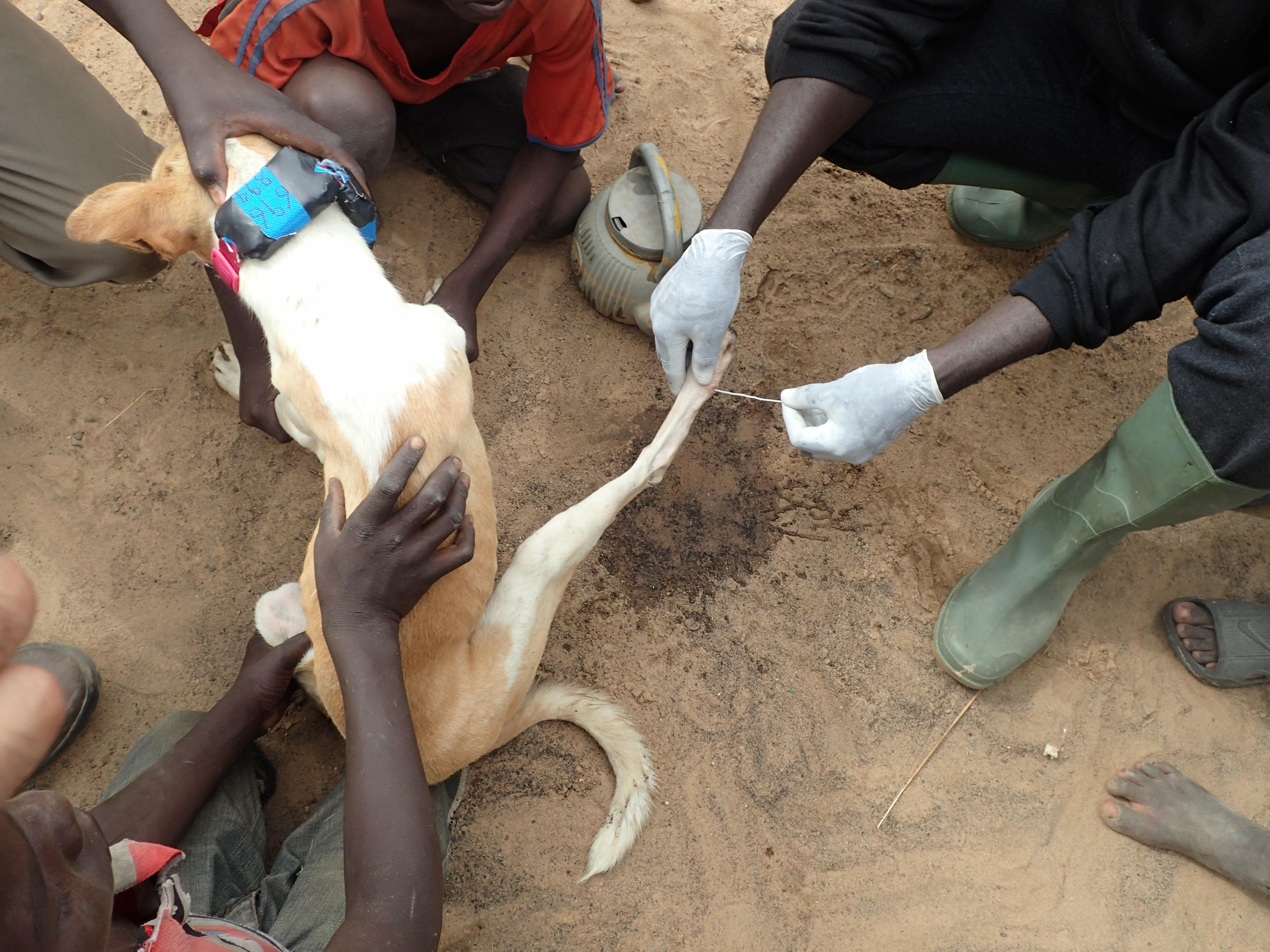
LSTM’s Emeritus Professor David Molyneux CMG has led a group of international experts of an International Commission discussing the challenges faced in certifying Guinea worm eradication which has been published as a Viewpoint in the Lancet journal.
Despite the huge success of the Programme to date where there has been over a 99% decline in annual human cases since 1990, the article describes the difficulties faced by the International Commission for the Certification of Dracunculiasis Eradication (ICCDE) in certifying the absence of infections. Whilst to date 16 countries have been certified as transmission free and having no evidence of human cases, countries have to provide robust evidence to satisfy the criteria for certification. Professor Molyneux explained: “Certification requires robust evidence that gives sufficient confidence to declare that infection is absent, essentially proving a negative. This is particularly challenging in resource constrained health systems in some of the most insecure and difficult to access parts of Africa whilst surveillance post certification must continue-eradication is a global commitment- we have to make this worm extinct.”
Guinea worm disease or dracunculiasis, is caused by infection with a worm, Dracunculus medinensis that is acquired by the ingestion of infected copepods or by consuming viable infective larvae in fish or other paratenic hosts. In the absence of an effective drug, vaccine, or prepatent diagnostic, the control strategy for Guinea worm disease has been based on public health measures such as ensuring access to safe drinking water, education, enhanced surveillance, case containment, copepod control, and monetary incentives for reporting cases.
While these strategies have proved extremely effective, the final certification remains very challenging for a number of reasons, not least of which is that some of regions classed as endemic are currently inaccessible given civil unrest and insecurities making them unsafe for UN personnel to travel to. Another major issue is the rise in cases in dogs of the disease, most significantly in Chad, where dogs are likely to remain a reservoir for human cases, all of this during the COVID-19 pandemic, for which the short and medium term impact on the programme is yet to be fully understood.
The authors call for new tools, particularly ones that are able to detect early infections in both humans and animals, or a pond-side test that are able to detect D medinensis infected copepods in water sources, which, in the absence of human cases, would show the circulation of infection in animals. Most importantly they call for consideration of an alternative strategy, or ”Plan B” in which animal transmission is seen as a separate challenge, reducing human infections to zero using proven interventions along with having the expectation that spill over into the human population from animal sources can happen.
Professor Molyneux and his colleagues conclude: “The absence of any new infections (human or animal) in the 16 countries certified to date has generated confidence that the certification process is robust. However, as we seek to eradicate D medinensis we should continue to expect surprises. The final stages of eradication are always the most difficult.”
Certifying Guinea worm eradication - current challenges
Published: December 05, 2020 in The Lancet - DOI: https://doi.org/10.1016/S0140-6736(20)32553-8